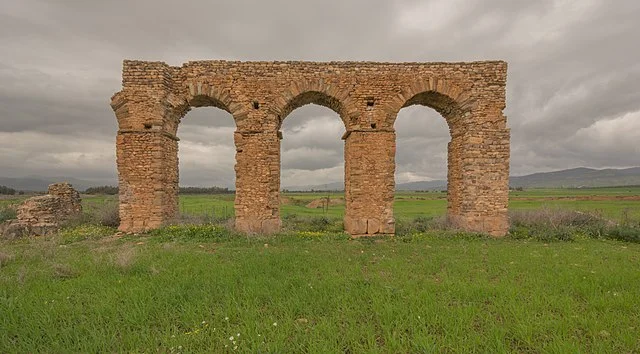Chemtou, located in modern-day Tunisia, was an important ancient city in North Africa. Its historical significance lies in its role as a major center of marble production in antiquity. The city flourished during the Roman period and continued to play a key role under the influence of Carthage and Rome.
Get your dose of History via Email
Historical Overview
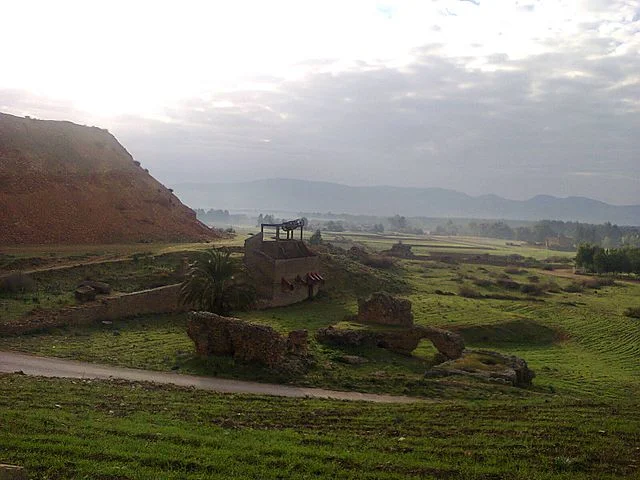
Chemtou’s origins date back to at least the 3rd century BC. It was initially a Phoenician settlement before becoming part of the Carthaginian Empire. The Romans later incorporated the city into their province of Africa during the 2nd century BC, following the Punic Wars.
Under Roman rule, Chemtou thrived due to its proximity to extensive marble quarries. The city’s wealth came from the extraction and export of high-quality marble, especially a type known as Chemtou marble. This marble became highly prized throughout the Roman Empire for its use in constructing buildings and statues.
Marble Quarries
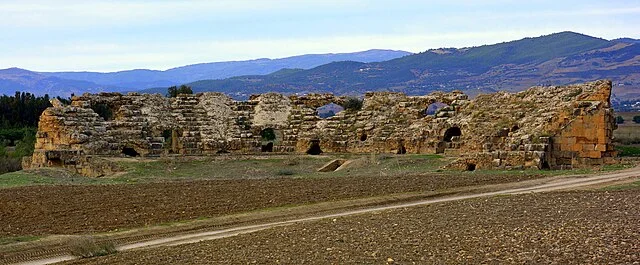
The quarries of Chemtou are perhaps the most significant archaeological feature of the site. These quarries supplied marble to the Roman Empire for centuries. The quarries are spread over a vast area, with many visible remnants of ancient extraction techniques. Workers used both manual tools and rudimentary cranes to extract large blocks of marble.
Chemtou’s marble was used in various monumental projects, including the construction of temples, public buildings, and statues in Rome. The quality of the marble from Chemtou was especially valued for its fine grain and durability. It is believed that much of the marble used in the construction of the Roman Colosseum came from Chemtou.
Urban Layout
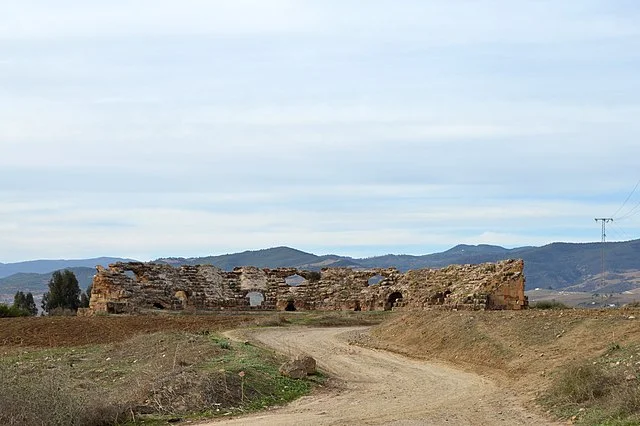
The urban planning of Chemtou reflects its importance within the Roman Empire. The city featured typical Roman infrastructure, including streets, public baths, and a forum. Archaeologists have uncovered remnants of these structures, which offer insight into the daily life of its inhabitants.
The forum was likely the heart of public life, where civic and commercial activities took place. The public baths were a vital part of Roman urban life, serving both as social spaces and places for hygiene.
Decline and Abandonment
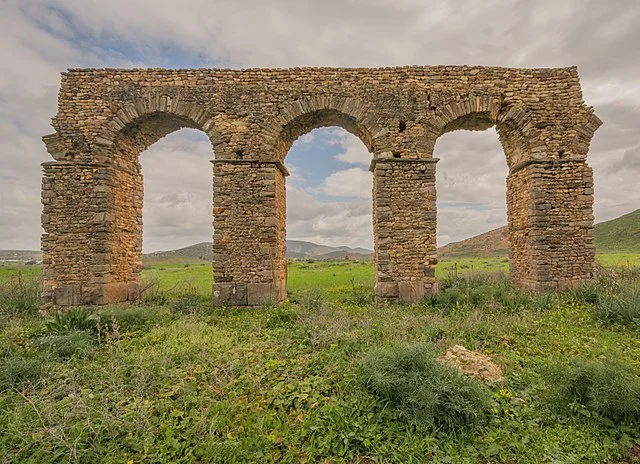
Chemtou’s decline began in the 3rd century AD, likely due to a combination of economic difficulties, invasions, and shifts in trade routes. As marble became less desirable, the city’s importance waned. The final blow came during the Vandal invasion of North Africa in the 5th century AD, after which Chemtou was largely abandoned.
By the 7th century AD, the city had lost much of its former significance. Today, Chemtou remains a vital archaeological site, offering valuable insights into ancient Roman industry and urbanism.
Archaeological Significance
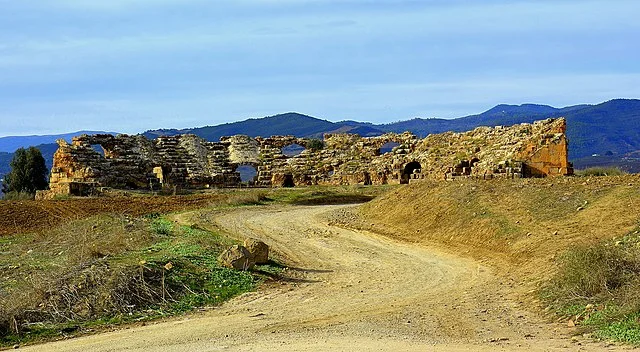
Chemtou’s archaeological site is of considerable importance. The remains of the quarries, as well as various Roman structures, provide a glimpse into the industrial and social aspects of the Roman world. Artifacts uncovered at the site, including tools, inscriptions, and fragments of statues, further highlight the city’s role in the Roman Empire.
The site is also significant for its advanced stone-cutting techniques, which were far ahead of many other regions at the time. These techniques would influence stone working in other parts of the Roman Empire.
Conclusion
Chemtou’s historical and archaeological significance cannot be overstated. From its origins as a Phoenician settlement to its peak under Roman rule, the city’s role in marble production and trade made it a cornerstone of ancient industry. Today, it remains an invaluable resource for historians and archaeologists studying the economic, social, and technological aspects of the ancient Mediterranean world.
Source:

